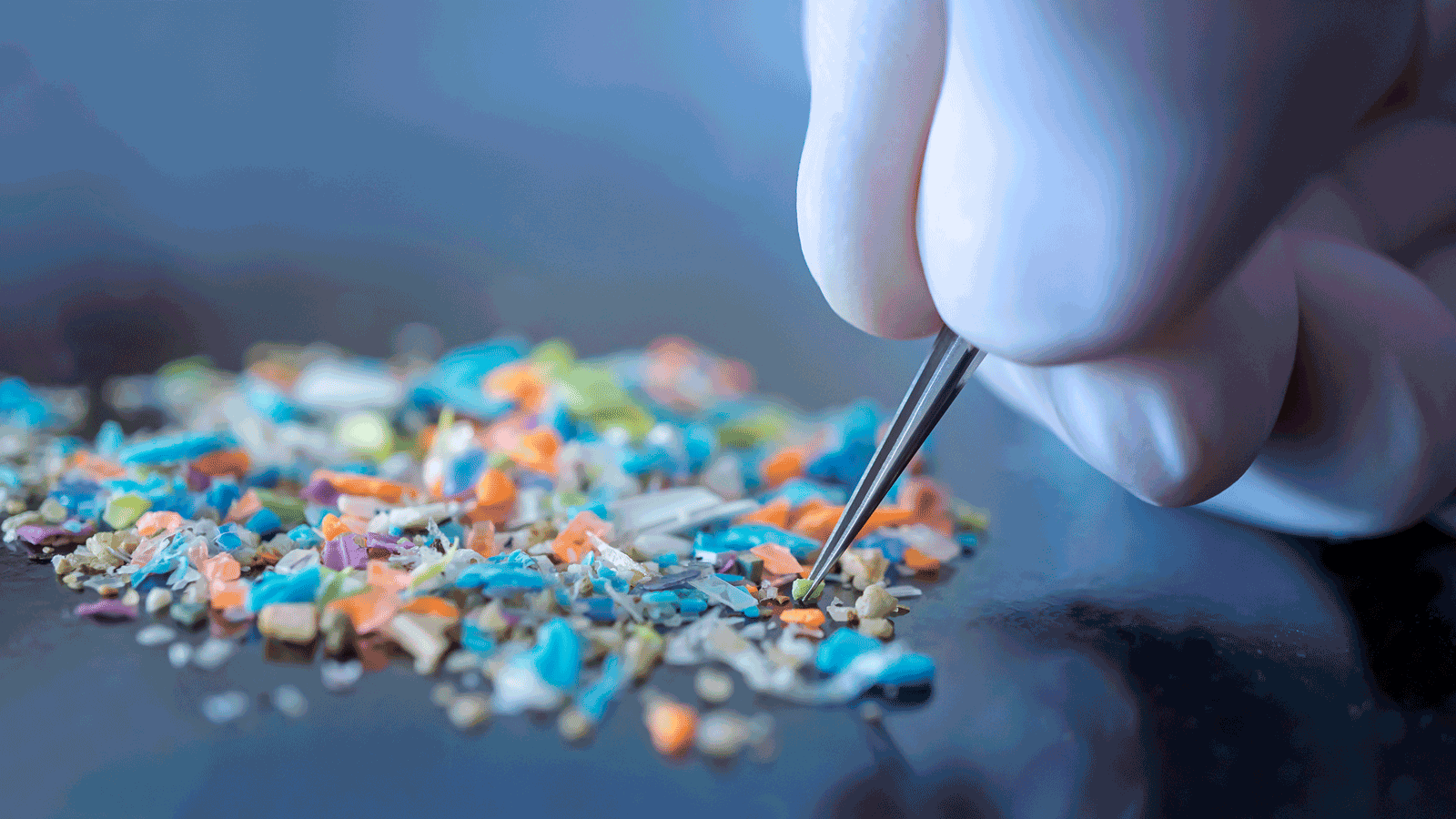
By Jack Loughran Mon 12 Feb 2024
Collected at : https://eandt.theiet.org/2024/02/12/microplastic-magnet-could-help-clean-marine-environments?utm_source=related-content
A “magnet” that attracts and holds onto microplastic particles could help to clean up environments polluted by plastic waste.
Plastic pollution is a pressing environmental issue, and tiny, often unseen, particles of plastic are now found across the world’s oceans, with impacts on marine life and potentially human health.
University of Kentucky researchers have now developed a solution to capture and remove these miniature particles en masse from water using something called Natural Deep Eutectic Solvents (NADES).
“The challenge of micro- and nano-plastics in our environment has been gaining intense attention recently,” said associate professor Jian Shi. “These minute particles, often invisible to the naked eye, are the remnants of larger plastic pieces broken down by sunlight and physical stress. Their size makes them notoriously difficult to remove using conventional methods like centrifugation or filtration, which are either inefficient or too costly.”
Plastics don’t break down easily, leading to massive piles of waste, and over time they break into smaller fragments. The smallest – nano-plastics – are so tiny they can’t be seen without a microscope.
The researchers said that when placed in water, NADES is able to hold onto these small plastic pieces, which can then be pulled out of the water. The molecules in the NADES can form bonds with plastic molecules in a similar fashion to Velcro, but on a micro scale.
NADES are also unique because they are made from natural materials, which means they don’t add more pollutants to the environment while cleaning up the existing ones.
“Our approach introduces the concept of deep eutectic solvents, which are unique in their composition and behaviour,” Shi added. “Derived from natural sources like plants and coconuts, these solvents transform from solid to liquid when mixed, creating an effective medium to extract these tiny plastic particles from water.”
The researchers focused on polyethylene terephthalate (PET), typically found in plastic bottles; polystyrene (PS), often used for materials such as packaging peanuts; and polylactic acid (PLA), which is used for plastic films and food containers. Using computer simulations, they could see how these interactions work on a minute scale.
Their experiments revealed that certain NADES are particularly good at extracting these types of plastic from water. This discovery was crucial, offering a targeted approach to removing plastics.
The research presents a new way to clean waters of micro- and nano-plastics and then recycle them. While the research is still in its developmental stages, the team is optimistic about its potential applications.
“Our next step is to test these solvents on a larger scale and in various environmental conditions,” Shi said. “We believe that NADES could be a game-changer in our fight against plastic pollution.”

Leave a Reply